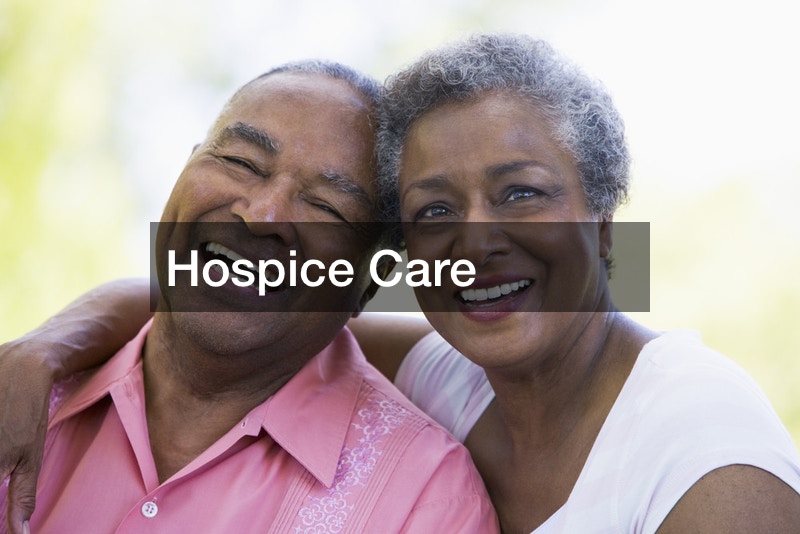
When someone is coming to the end of their life, they and their loved ones should look into hospice care near me. Hospice is a type of medical service devoted to the care of the terminally ill patient. Rather than trying to prolong life, hospice keeps your loved ones as comfortable as possible for their final days. While this can be a scary, stressful time, hospice tries to make it more peaceful for everybody. Many places will offer all-in-one hospice care so that the family can focus on spending time with their loved one. While there are alternatives to hospice, it is a top-rated program throughout the United States.
Can you get palliative care at home? Many hospice programs will come to the house. While they might not offer all of the same services as a clinic devoted to hospice, they can still provide pain relief and comfort. Since many people prefer to die at home, this is a way to make that possible comfortable, safe way.
Hospice care and hospice care facilities have become more important for more and more people. After all, hospice services can be utilized by a number of different populations. For the disabled community, hospice care is often even essential for the ins and outs of everyday living, with home hospice workers providing the essential basics for everyday care, from bathing to toileting to feeding and even beyond.

In addition to this, hospice care can be essential for end of life care. Terminally ill people who are no longer undergoing treatment for their conditions, as often happens in cancer cases, often want to stay in their own homes for the duration of their lives. In such cases, home hospice care is often provided, as putting all of the care tasks on family members and other such loved ones is not always possible – or a good idea.
After all, the average person not involved in caring for the terminally ill simply won’t have the skill set of the typical hospice worker. In addition to this, they won’t have access to the same equipment, the same resources either. Therefore, bringing in a professional for end of life care is likely to be quite hugely ideal for just about everyone involved.
But more than ever before, home hospice care and the care given in hospice facilities all throughout the country is being given to the elderly, a population that is consistently on the rise. As a matter of fact, the year of 2030 is likely to show us a population where up to one fifth of all people within the United States are at least at the age of 65, if not even older than that. And, after all, people who are getting on in years often require more advanced care than their family members are able to provide. For this reason, living on their own often becomes an impossibility.
Fortunately, the hospice care facility is very much on the rise. While a great many elderly people are hesitant to enter such a facility, they often find it a far better experience than imagined. After all, the workers employed at such a facility will be quite highly trained in how to care for the needs of their patients, even as these residents of assisted living facilities grow ever older and their needs more advanced. And the round the clock care provided at the vast majority of such facilities provide. For many residents and their families alike, the security of such care being present and able to be provided is necessary is a huge determining factor in ultimately choosing to become a member of one of the growing hospices found all throughout the country.
And hospice care jobs are very much on the rise, meaning that here are more and more people who can provide high levels of care that meet the needs of their elderly patients and even their patients who require their services for other reasons.For more and more people, home hospice care is becoming even more of a possibility. Many older people who are needing more round the clock care but who are not yet interested (or doubt that they will ever be interested) in moving into a more full time assisted living facility and out of their homes will actually invest in a live in caretaker. Live in caretakers are often trained as hospice workers, meaning that they have the skill set that is necessary to keep their patients safe. This can provide a situation that is really the best of both worlds for the person in need of such higher levels of care.
With now more than one and a half million patients in hospice care, the world of hospice has grown considerably since only just the year of 2000, when only just a mere half of a million patients were enrolled in a program that provided some type of hospice care. And in the years that are ahead of us, this number is set to continue to increase in quite the exponential way.
